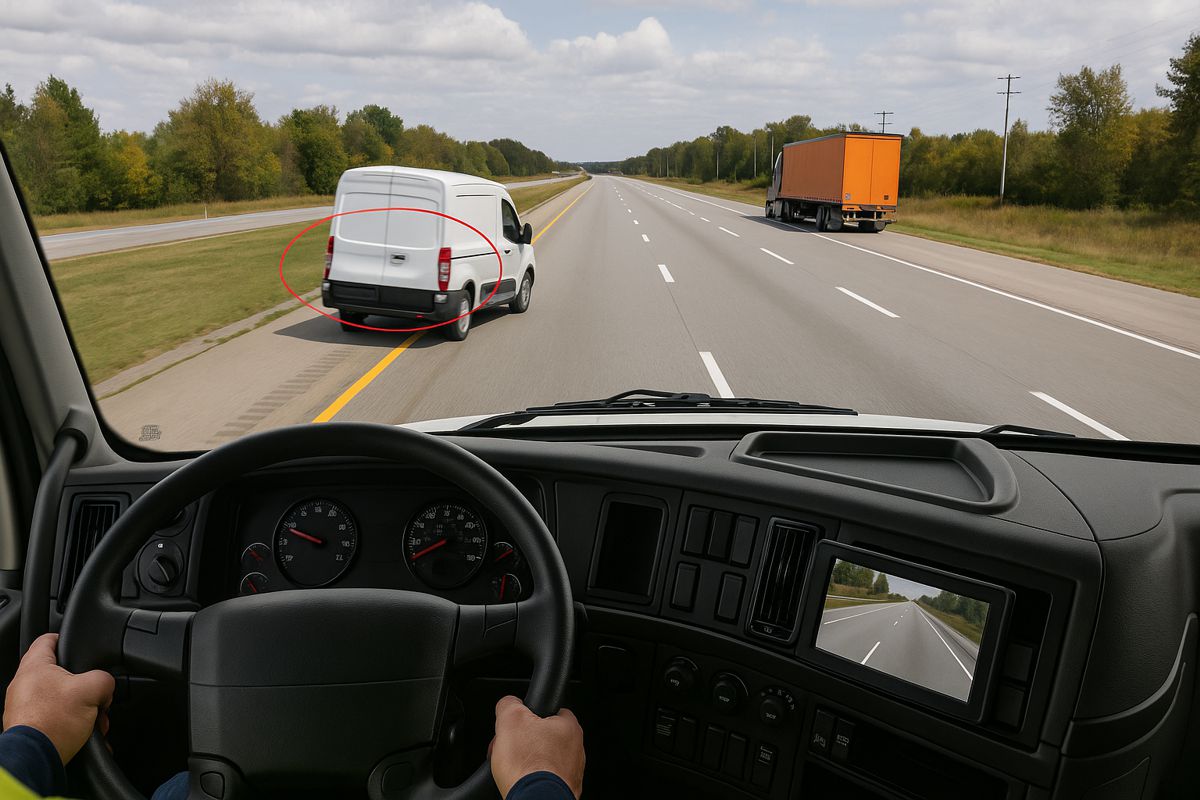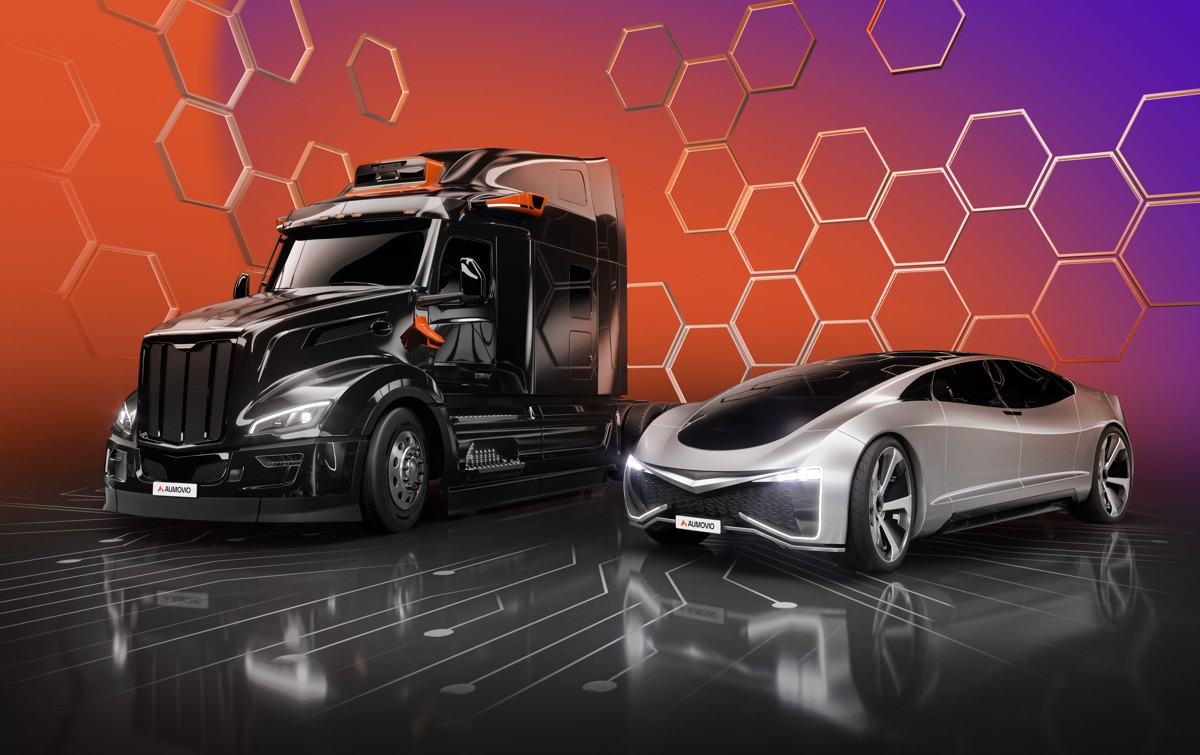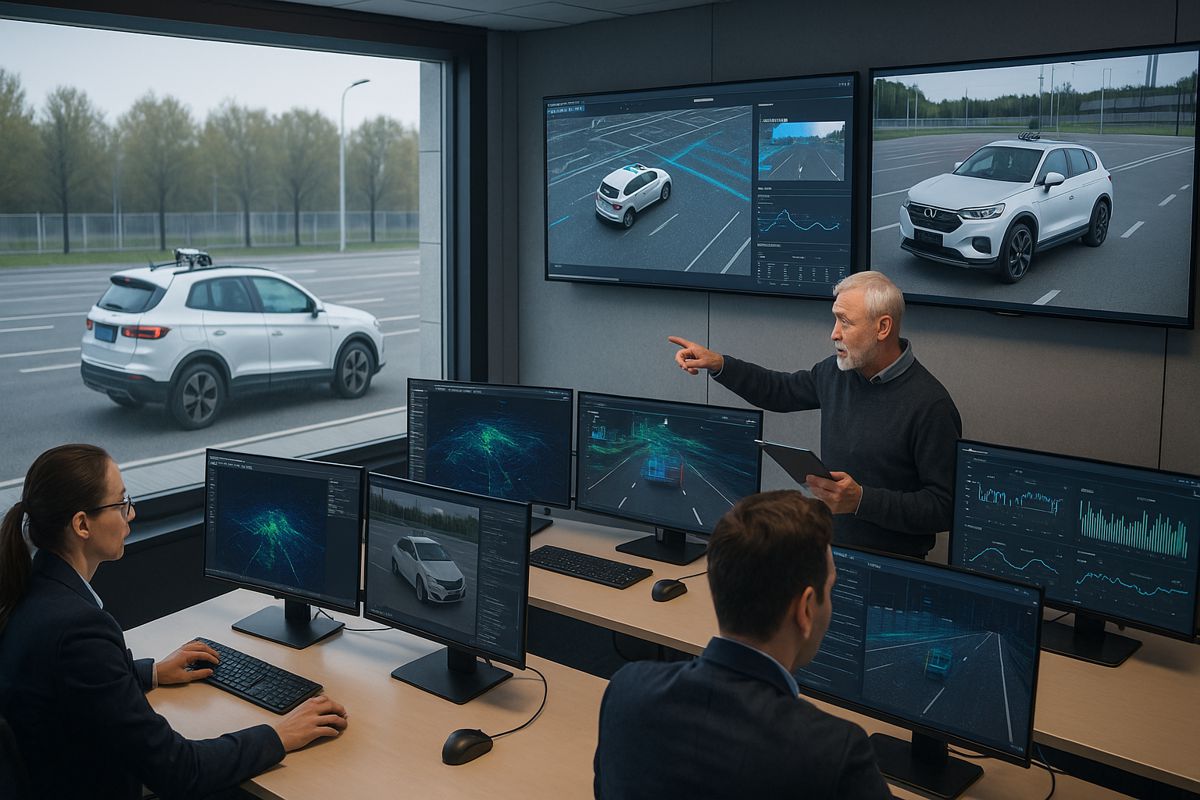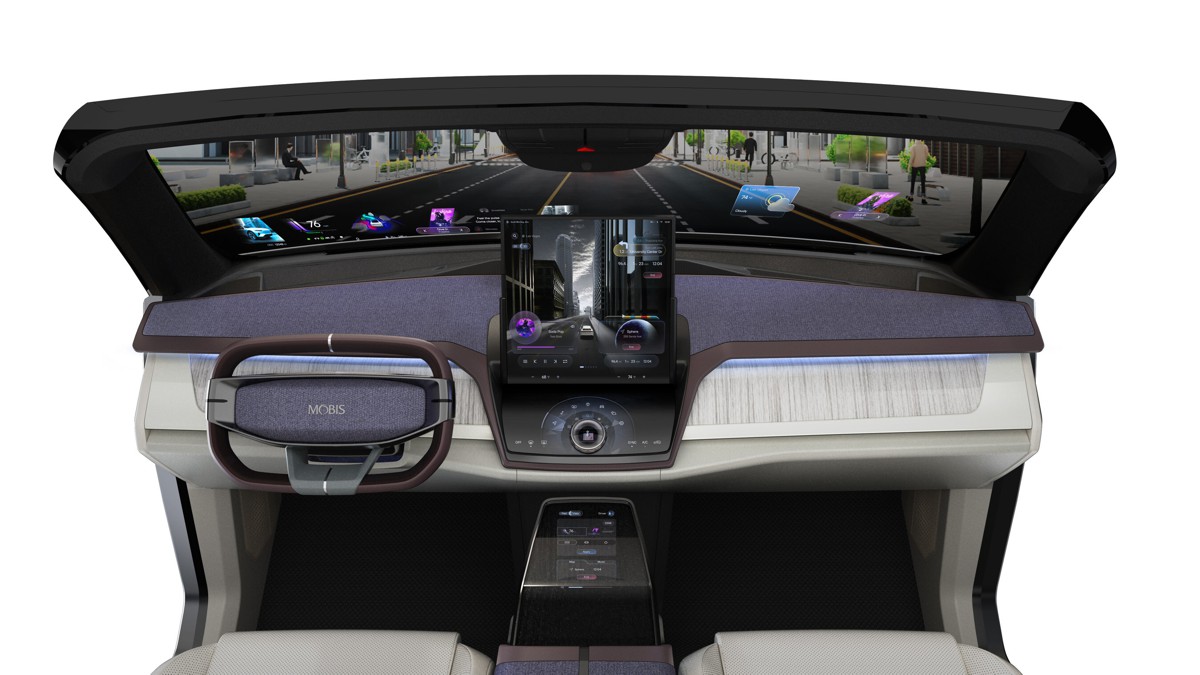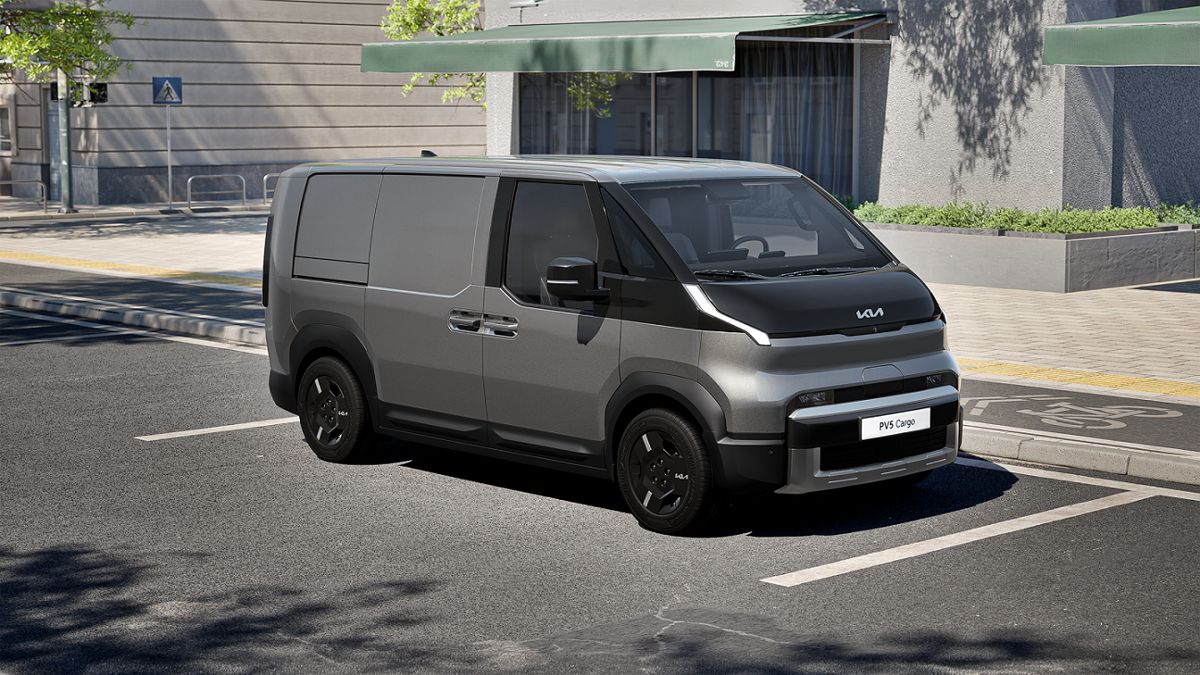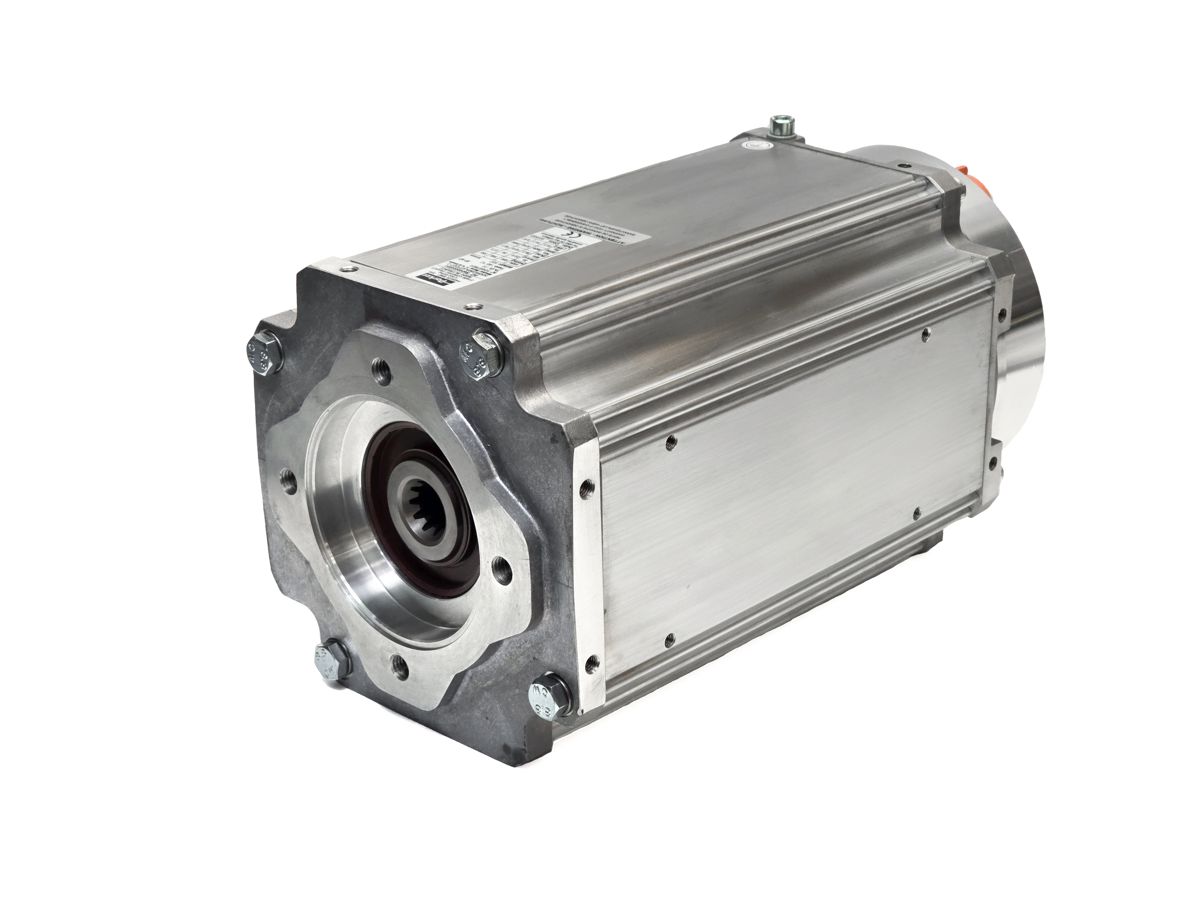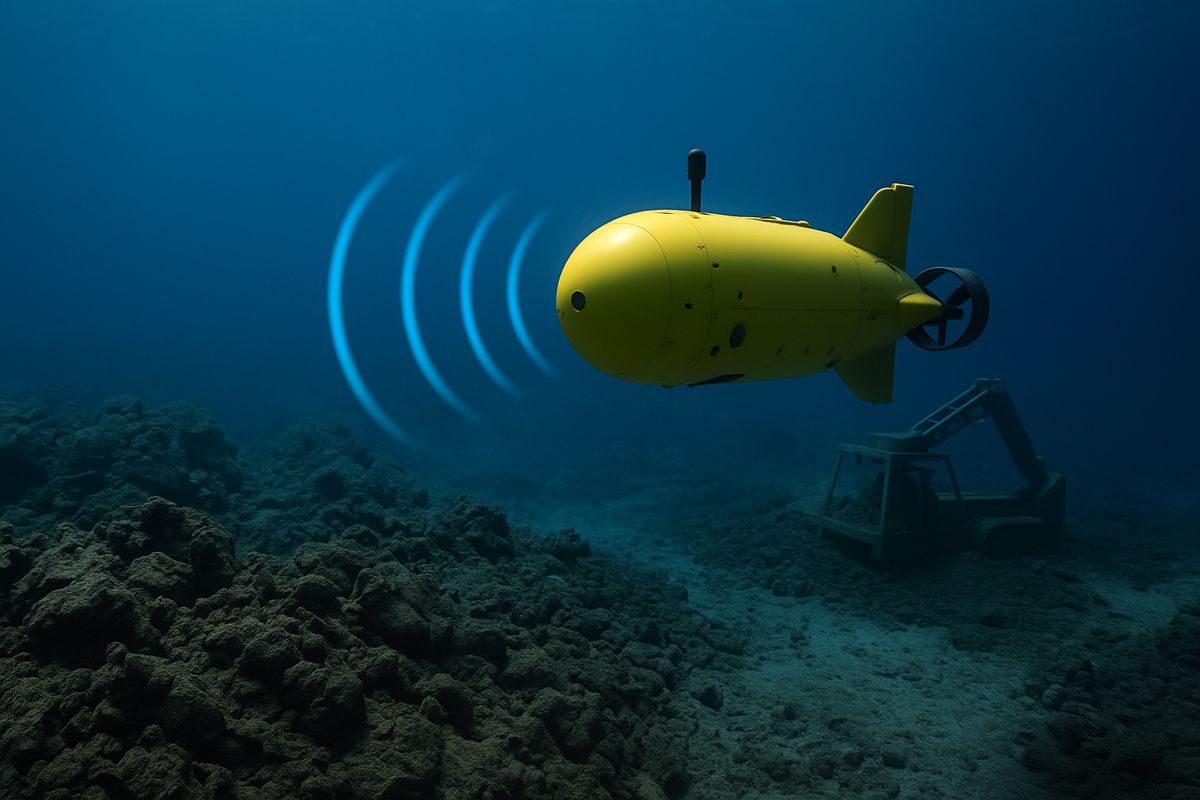Navigating the Future With BIG Leap Autonomous Exploration
When it comes to autonomous navigation, there’s no doubt that the journey has often been filled with complexities and roadblocks.
Traditional navigation systems struggle to balance efficiency with resource consumption, particularly in uncharted or challenging environments. Yet, a breakthrough solution from Shanghai Jiao Tong University may finally change that narrative. Introducing the BIG (Brain-Inspired Geometry-awareness) framework—an innovative approach that merges brain-inspired spatial perception with cutting-edge navigation technology.
This revolutionary framework sets a new standard for autonomous exploration by boosting efficiency and reducing computational demands.
Brain-Inspired Navigation
Autonomous navigation has long been one of the most complex challenges in robotics and artificial intelligence. Despite progress in AI and machine learning, navigation systems often fall short in unstructured or unknown environments. Brain-inspired navigation models—which mimic how mammals use spatial awareness—offer promising potential. However, these models have traditionally struggled with scalability and effectiveness in long-range exploration tasks.
That’s where the BIG framework steps in. This solution, unveiled in a recent study published in February 2025, in the journal Satellite Navigation, addresses these shortcomings by integrating biological principles with advanced navigation technologies.
The result? A more adaptive and resource-efficient approach to autonomous navigation that stands to redefine the field.
The Four Pillars of the BIG Framework
The BIG framework is built around four key components that work in harmony: Geometric Information, BIG-Explorer, BIG-Navigator, and BIG-Map. Each of these elements contributes to the system’s ability to achieve precise navigation and efficient exploration.
- Geometric Information: This component focuses on processing spatial and boundary data, enabling the framework to understand its environment in greater detail.
- BIG-Explorer: This feature optimises exploration by assigning geometric parameters that highlight boundary information, allowing for the expansion of frontiers with minimal computational effort.
- BIG-Navigator: Using insights gathered during exploration, this module guides autonomous agents to their target locations with pinpoint accuracy.
- BIG-Map: Experience maps are created through spatio-temporal clustering, maximising efficiency by reducing storage space and improving scalability.
By combining these elements, the BIG framework replicates the natural navigation processes of mammals, delivering a more adaptive approach to traversing complex environments.
Cutting Computational Costs
One of the most impressive aspects of the BIG framework is its ability to slash computational requirements by at least 20% compared to existing methods. This significant reduction doesn’t come at the cost of performance. On the contrary, the system maintains robust coverage and ensures efficient navigation.
Real-time boundary perception and optimised sampling techniques play a critical role in this achievement. These innovations enable faster exploration with fewer nodes and shorter paths, making the BIG framework particularly well-suited for long-range tasks where computational resources are limited.
Dr. Ling Pei, the lead researcher behind the project, highlighted the ground-breaking nature of the work: “By incorporating brain-inspired navigation mechanisms, we can achieve far more efficient and scalable solutions for long-range exploration. This approach not only boosts performance but also reflects the natural efficiency inherent in biological systems, pushing the boundaries of what autonomous navigation systems can achieve.”
Real-World Applications: Robotics, Autonomous Vehicles, and Beyond
The potential applications for the BIG framework extend far beyond theoretical research. Its ability to navigate complex environments while conserving computational resources makes it a prime candidate for a wide range of industries, including:
- Robotics: Industrial robots equipped with the BIG framework can navigate dynamic factory floors more efficiently, avoiding obstacles and optimising movement paths.
- Autonomous Vehicles: Self-driving cars can benefit from the framework’s adaptive navigation capabilities, leading to safer and more efficient travel.
- Space Exploration: In space missions, where computational resources and energy are at a premium, the BIG framework could enable autonomous probes to explore planetary surfaces with greater precision.
In each of these fields, the BIG framework’s ability to cut down computational costs while enhancing navigation performance presents a game-changing opportunity.
Pushing the Boundaries of Exploration
As autonomous systems continue to evolve, the need for smarter, more efficient navigation becomes even more pressing. The BIG framework represents a crucial step forward, combining insights from biology with cutting-edge technology to create a more capable and scalable approach to autonomous exploration.
Looking ahead, future research will focus on scaling the framework to handle even larger environments and incorporating learning-based approaches to further enhance its capabilities. By doing so, researchers aim to create autonomous systems that can navigate uncharted terrain with the same level of efficiency and adaptability as living organisms.
With innovations like the BIG framework, it’s clear that autonomous navigation is on the brink of a major leap forward. The integration of brain-inspired mechanisms not only boosts performance but also opens up new possibilities for autonomous systems across industries, setting the stage for a future where exploration is limited only by imagination.
A Bright Future for Autonomous Navigation
The BIG framework’s potential to revolutionise autonomous navigation is undeniable. By drawing inspiration from nature, this breakthrough approach delivers a more scalable, efficient, and adaptable solution for navigating complex environments.
Whether it’s guiding autonomous vehicles, assisting in robotic manufacturing, or enabling space exploration, the BIG framework is poised to make a lasting impact on how machines interact with the world around them.
As industries continue to seek more intelligent and resource-efficient solutions, the BIG framework offers a glimpse into the future of autonomous exploration—one that’s both inspired by nature and powered by cutting-edge technology.












